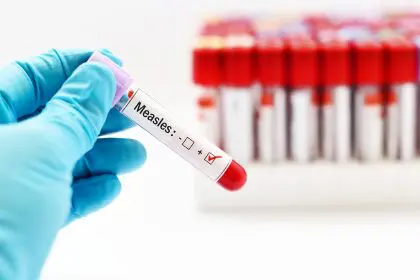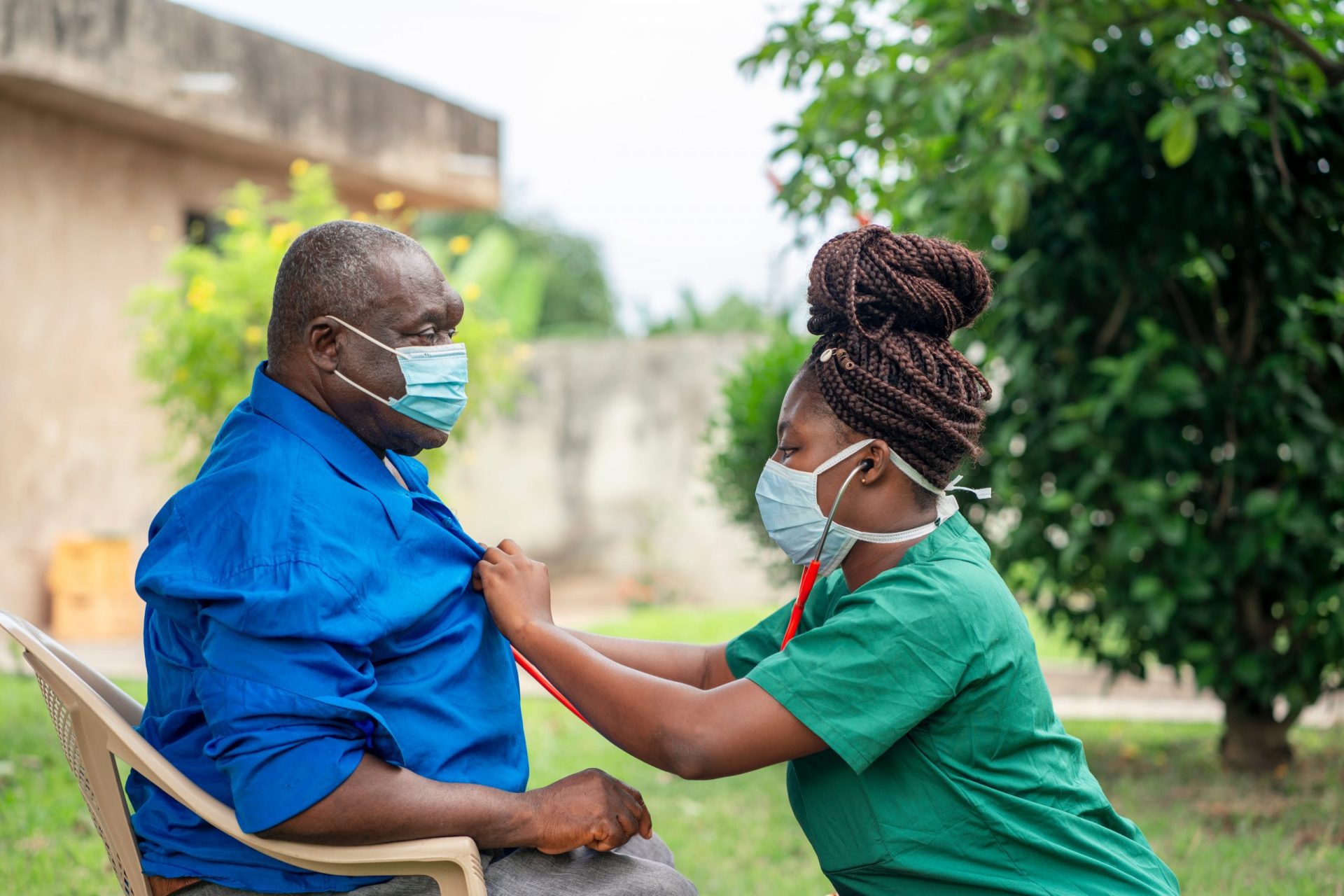In a country where up to 476,000 people fall ill with Lyme disease each year, a revolutionary new pill might finally offer real protection against this devastating illness. Tarsus Pharmaceuticals has developed what could become the first medication specifically designed to prevent Lyme disease and other tick-borne illnesses in humans, marking a potential turning point in the fight against these widespread infections.
The science behind the breakthrough
The innovative medication, known as TP-05, works differently from anything we’ve seen before in human medicine. At its core is lotilaner, an anti-parasitic compound that’s already proven successful in veterinary treatments. What makes this pill particularly exciting is its preventive approach, designed to be taken before you venture into tick-heavy areas, effectively creating a protective shield by killing ticks before they can transmit diseases.
The mechanism behind TP-05 represents a significant advancement in tick-borne illness prevention. Unlike traditional preventive measures that focus on repelling ticks, this medication actively targets the parasites once they make contact with human hosts. The compound circulates in the bloodstream, making it lethal to ticks that attempt to feed, potentially interrupting disease transmission before it can begin.
Why this matters more than ever
The timing of this breakthrough couldn’t be more crucial. With Lyme disease cases continuing to rise across the United States, the need for effective prevention has never been more pressing. Early studies of TP-05 show remarkable promise, demonstrating high efficacy in killing ticks shortly after they attach to human skin, potentially stopping disease transmission in its tracks.
The increasing prevalence of Lyme disease isn’t just a matter of numbers. The illness can have devastating long-term consequences for those affected, including chronic pain, neurological problems, and persistent fatigue. The economic burden of treating Lyme disease and its complications adds another layer of urgency to finding effective preventive solutions.
Understanding Lyme disease transmission
To fully appreciate the potential impact of TP-05, it’s important to understand how Lyme disease spreads. The disease is primarily transmitted through the bite of infected black-legged ticks, which must typically be attached for 36-48 hours before the Lyme disease bacteria can be transmitted. This is where TP-05’s rapid action becomes particularly significant, as it aims to kill ticks well before they can transmit the disease.
The challenge with current prevention methods is that they rely heavily on human vigilance and proper application of repellents. Even the most careful individuals can miss a tick, especially given their tiny size in their nymphal stage, when they’re most likely to transmit the disease. A preventive medication could provide an additional layer of protection that doesn’t depend solely on external measures.
The race for prevention
While TP-05 represents a major leap forward, it’s not the only weapon being developed in the fight against Lyme disease. The medical community is pursuing multiple approaches simultaneously. Pharmaceutical companies Pfizer and Valneva are in the process of testing a vaccine that targets the bacteria responsible for Lyme disease. Meanwhile, researchers at the University of Massachusetts Medical School’s MassBiologics have developed a human monoclonal antibody designed to eliminate the bacteria in a tick’s gut before it can infect humans.
These parallel developments suggest we might be entering a new era in tick-borne illness prevention, where multiple tools could be available to protect people based on their specific needs and circumstances. The combination of these different approaches could potentially create a more comprehensive shield against Lyme disease and other tick-borne illnesses.
The impact on public health
The development of effective preventive treatments could have far-reaching implications for public health. Beyond the immediate benefit of reducing Lyme disease cases, these innovations could help address the growing concern of other tick-borne illnesses, which have been increasing in both frequency and variety across the United States.
Healthcare providers anticipate that the availability of preventive medications could significantly change how we approach outdoor activities in tick-prone areas. This could be particularly important for people who work outdoors, engage in frequent outdoor recreation, or live in areas where Lyme disease is endemic.
Protecting yourself today
While these exciting developments make their way through clinical trials and FDA review, it’s crucial to maintain vigilant protection against tick bites. Currently, the most effective prevention methods include using EPA-approved insect repellents and treating outdoor clothing with permethrin. Staying on marked trails while hiking and performing thorough tick checks after outdoor activities remain essential practices for preventing Lyme disease.
Understanding proper tick prevention and removal techniques continues to be important. This includes checking common tick attachment sites like the groin, armpits, and scalp after outdoor activities, wearing appropriate clothing in tick-prone areas, and knowing how to properly remove a tick if one is found attached to the skin.
The future of tick-borne illness prevention
The development of TP-05 represents more than just another medication, it signals a potential paradigm shift in how we approach tick-borne illness prevention. As these new treatments progress through clinical trials and regulatory review, they offer hope for a future where Lyme disease and other tick-borne illnesses might become largely preventable conditions rather than the serious health threats they represent today.
The potential approval of TP-05 could revolutionize outdoor safety protocols, particularly in regions where Lyme disease is prevalent. Organizations that manage outdoor activities, from summer camps to national parks, might need to update their health and safety guidelines to incorporate these new preventive options once they become available.
Looking ahead
Healthcare providers and patients alike are watching these developments with keen interest, as the approval of TP-05 could fundamentally change how we prepare for outdoor activities in tick-prone areas. The possibility of taking a preventive pill before heading into nature could provide peace of mind for millions of Americans who live in or visit regions where Lyme disease is endemic.
The medical community’s continued innovation in this field demonstrates the ongoing commitment to finding better solutions for preventing tick-borne illnesses. While we await the arrival of these breakthrough treatments, it’s essential to remember that current prevention methods, while not perfect, remain our best defense against Lyme disease and other tick-borne infections.
This developing story highlights the incredible potential of medical innovation to address long-standing public health challenges. As research continues and these new treatments move closer to public availability, they offer hope for a future where the fear of Lyme disease no longer needs to cast a shadow over our outdoor activities. The combined approach of new medications, vaccines, and traditional prevention methods could finally give us the upper hand in the fight against tick-borne illnesses.












